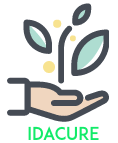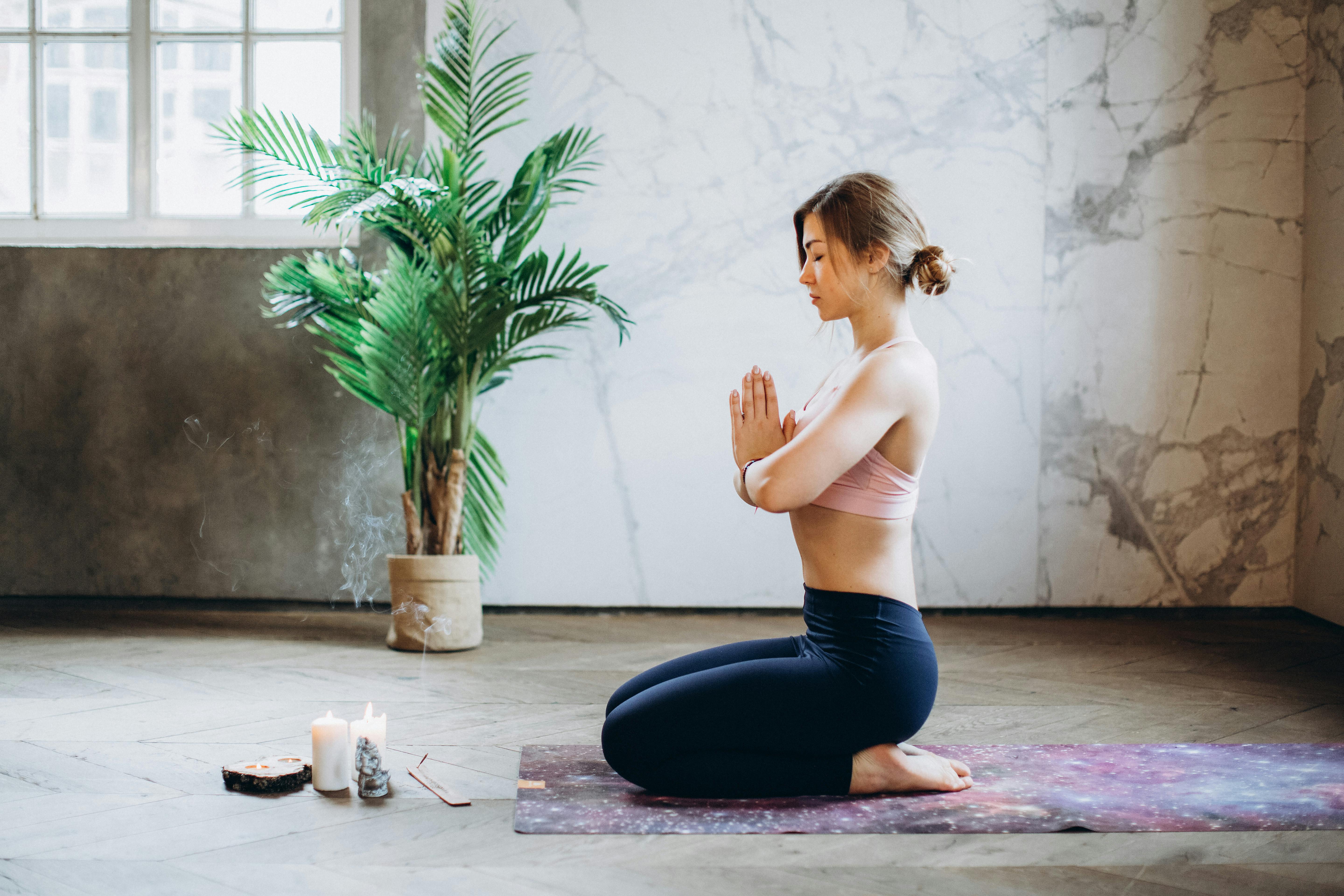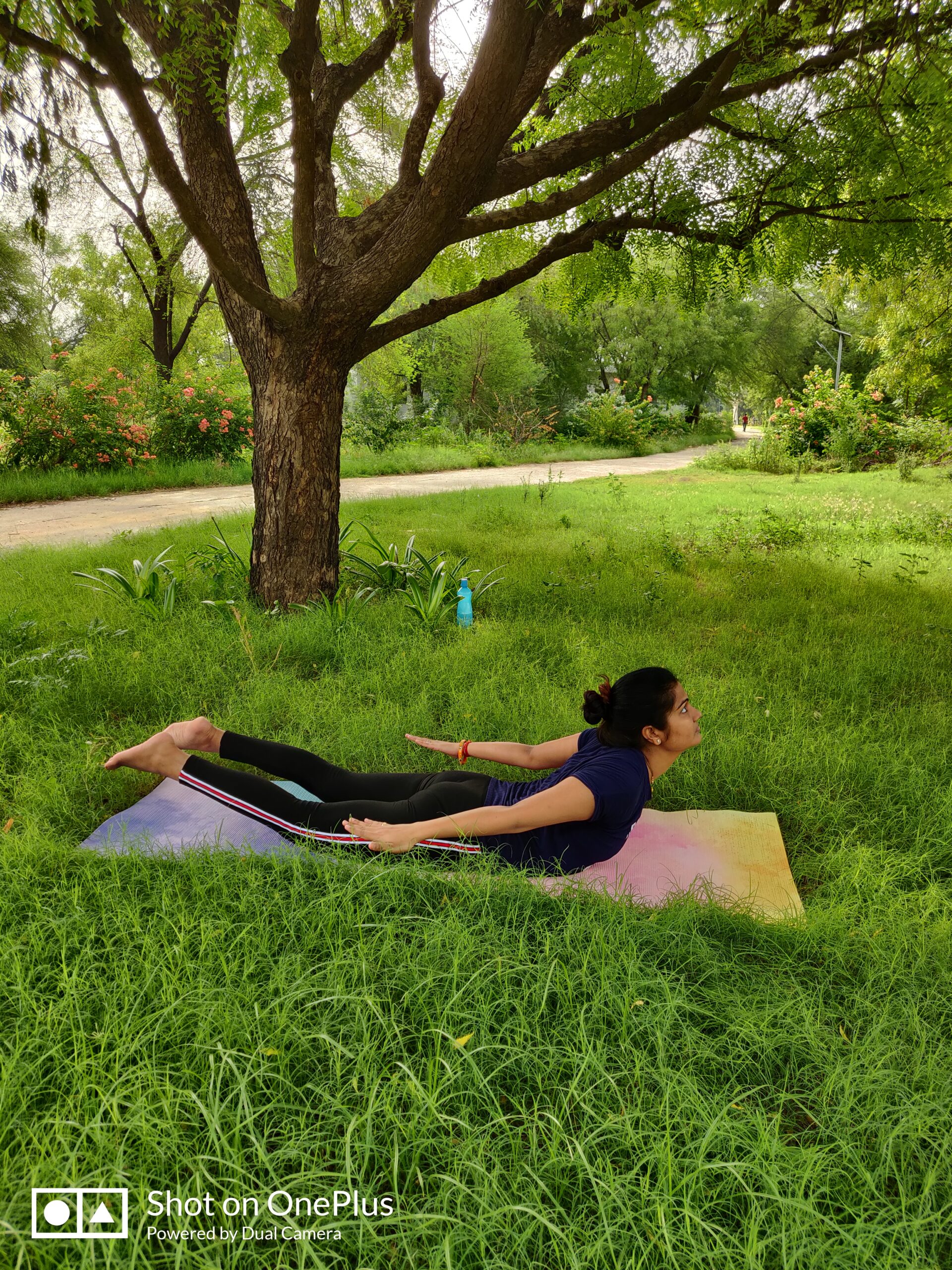Introduction: Varicose veins, also known as varicosities, are a common condition characterized by enlarged, twisted veins that often appear on the legs and feet. While conventional treatments focus on surgical interventions, naturopathic approaches offer holistic strategies to manage varicose veins, alleviate discomfort, and promote vascular health. In this comprehensive article, we explore naturopathic treatments and therapies that can effectively address varicose veins, enhance blood circulation, and improve overall well-being.
Causes and Symptoms of Varicose Veins: Unraveling the Factors
Varicose veins, often considered a cosmetic concern, can also lead to discomfort and potential health risks. Understanding the underlying causes and recognizing the symptoms is crucial for effective management and preventive measures. In this section, we delve into the primary causes of varicose veins and the common symptoms that individuals with this condition may experience.
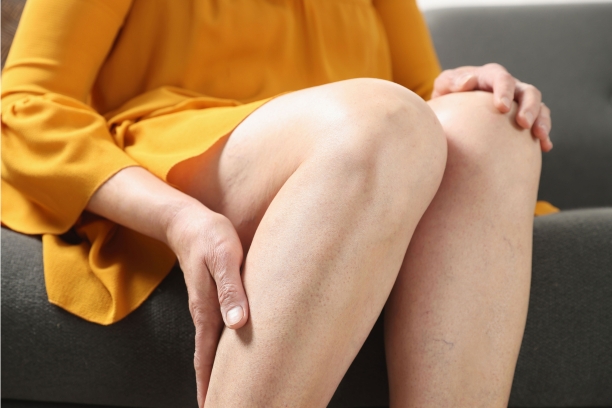
Causes of Varicose Veins: Varicose veins occur when veins become enlarged and twisted due to weakened vein walls and valves. Several factors contribute to their development:
- Genetics: Family history of varicose veins increases the risk, suggesting a genetic component.
- Age: As people age, veins lose elasticity, increasing the likelihood of valve malfunction and vein enlargement.
- Gender: Women are more prone to varicose veins due to hormonal changes, pregnancy, and female-specific factors.
- Prolonged Standing or Sitting: Jobs that involve prolonged periods of standing or sitting can hinder proper blood circulation, contributing to vein enlargement.
- Obesity: Excess weight places additional pressure on the veins, weakening their structure and leading to varicose veins.
- Pregnancy: Hormonal changes and increased blood volume during pregnancy can lead to enlarged veins, often resolving postpartum.
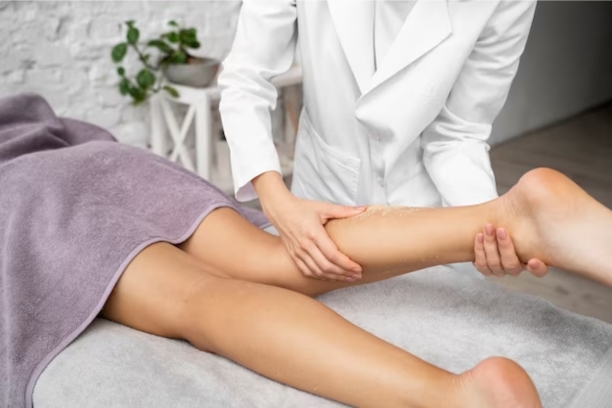
Symptoms of Varicose Veins: Recognizing the Signs
While some individuals with varicose veins may experience no symptoms, others may notice the following:
- Visible Enlarged Veins: Twisted, bulging veins on the legs and feet are a characteristic sign of varicose veins.
- Pain and Discomfort: Aching, throbbing, or a heavy sensation in the legs, particularly after prolonged standing or sitting.
- Swelling: Swelling, especially in the ankles and feet, is common due to blood pooling in the affected veins.
- Itching and Irritation: Skin over varicose veins may become dry, itchy, or irritated.
- Night Cramps: Some individuals experience cramping, particularly at night, due to reduced blood circulation.
- Restless Leg Syndrome: An uncomfortable sensation in the legs that often leads to an irresistible urge to move them.
Complications and Extra-Symptoms:
Untreated varicose veins can lead to complications such as superficial thrombophlebitis (inflammation of a vein), bleeding, and venous ulcers (open sores). Additionally, varicose veins can impact self-esteem and body image due to their appearance.
Naturopathic Treatments and Therapies for Varicose Vein Relief
Varicose veins can be managed effectively through naturopathic treatments that focus on enhancing blood circulation, strengthening vein walls, and alleviating discomfort. In this section, we explore a range of naturopathic therapies that can provide relief and support for individuals dealing with varicose veins.
1. Herbal Remedies for Vascular Health:
- Horse Chestnut (Aesculus Hippocastanum): Horse chestnut extract contains a compound called aescin that strengthens vein walls, reduces inflammation, and improves blood circulation.
- Butcher’s Broom (Ruscus Aculeatus): Butcher’s broom has vasoconstrictor properties that can help reduce vein swelling and enhance blood flow.
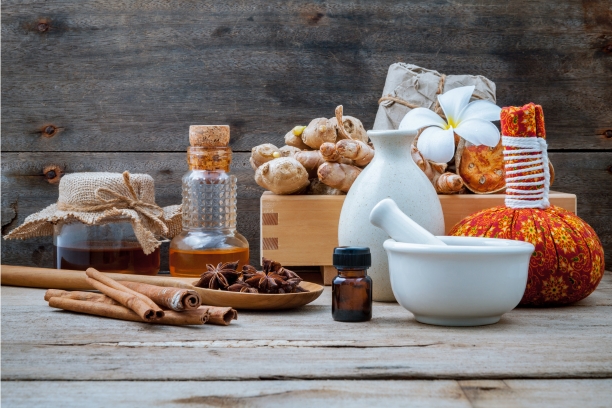
2. Nutritional Support for Vein Health:
- Anti-Inflammatory Diet: Emphasize foods rich in antioxidants, vitamin C, and flavonoids to improve blood circulation and maintain vein integrity.
- Citrus Fruits: Oranges, grapefruits, and lemons provide vitamin C, essential for collagen production and vein strength.
- Berries: Blueberries, strawberries, and raspberries contain flavonoids that support vascular health.
3. Lifestyle Modifications for Circulatory Wellness:
- Regular Exercise: Engaging in low-impact exercises like walking, swimming, and cycling improves blood circulation and prevents blood pooling in the veins.
- Weight Management: Maintaining a healthy weight reduces strain on the veins and minimizes the risk of varicose veins.
- Leg Elevation: Elevating the legs above heart level periodically reduces vein pressure and promotes healthy blood flow.
4. Massage Therapy:
Massage therapy involves hands-on techniques that manipulate soft tissues, improve blood flow, and reduce muscle tension. For varicose veins, massage can provide relief by promoting circulation and reducing pain.
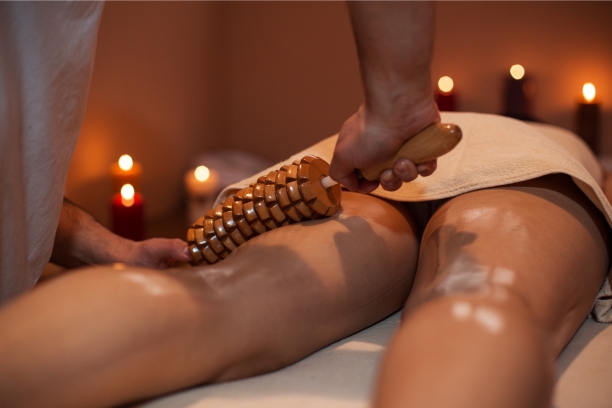
- Benefits: Massage improves blood circulation, reduces swelling, and enhances overall vascular health.
- Techniques: Gentle strokes and kneading techniques are used, avoiding direct pressure on the veins.
- Consult a Professional: Seek a certified massage therapist experienced in working with individuals who have varicose veins.
5. Steam Therapy:
Steam therapy involves exposing the body to moist, warm air, which dilates blood vessels, improves circulation, and relaxes muscles. It can be beneficial for varicose veins, especially when combined with other therapies.
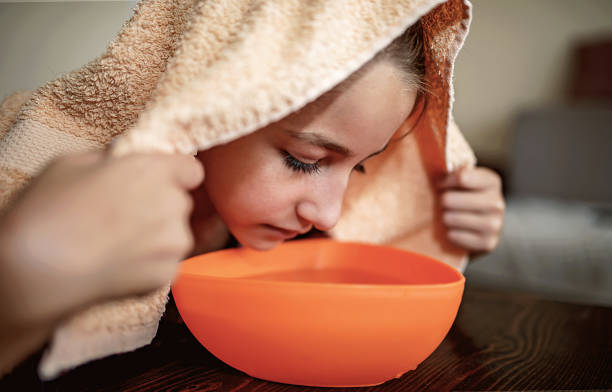
- Benefits: Steam therapy promotes blood circulation, relaxes muscles, and provides relief from discomfort.
- Practice: Use steam rooms or warm baths, making sure to avoid extreme temperatures that can exacerbate the condition.
6. Acupressure and Acupuncture Therapy:
Acupressure and acupuncture are ancient healing practices that involve applying pressure or inserting thin needles into specific points on the body. These therapies aim to stimulate energy flow and balance the body’s systems.

- Benefits: Acupressure and acupuncture improve blood circulation, alleviate pain, and promote overall wellness.
- Points to Focus On: Specific acupoints on the legs and feet can target varicose veins and related symptoms.
- Professional Guidance: Consult a qualified acupressure therapist or acupuncturist for personalized treatment.
7. Hydrotherapy:
Hydrotherapy involves using water in various forms for therapeutic purposes. It can be particularly effective for varicose vein management.
- Benefits: Alternating between hot and cold water applications improves blood circulation and strengthens vein walls.
- Practice: Contrast baths, which involve alternating between hot and cold water, can enhance circulation and reduce discomfort.
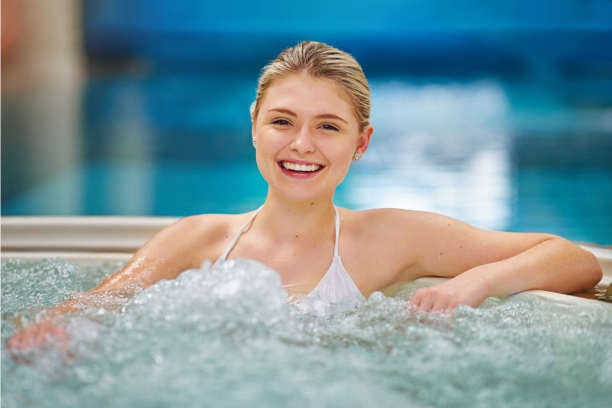
8. A Comprehensive Approach:
Combining these complementary therapies with naturopathic treatments and yoga creates a comprehensive approach to varicose vein management. Working with qualified professionals ensures a safe and effective integration of therapies tailored to individual needs.
9. Mind-Body Techniques for Vascular Support:
- Yoga for Blood Circulation: Yoga poses that involve leg elevation and deep breathing enhance blood flow and promote circulatory health.
- Mindfulness and Stress Reduction: Stress reduction techniques like meditation and mindfulness improve blood circulation and overall well-being.
8. Herbal Supplements for Vascular Integrity:
- Bioflavonoid Supplements: Quercetin, rutin, and hesperidin are bioflavonoids that can strengthen vein walls and reduce inflammation.
9. Essential Oils for Circulatory Health:
- Cypress Oil: Cypress oil has vasoconstrictor properties and can improve blood circulation when diluted and applied topically.
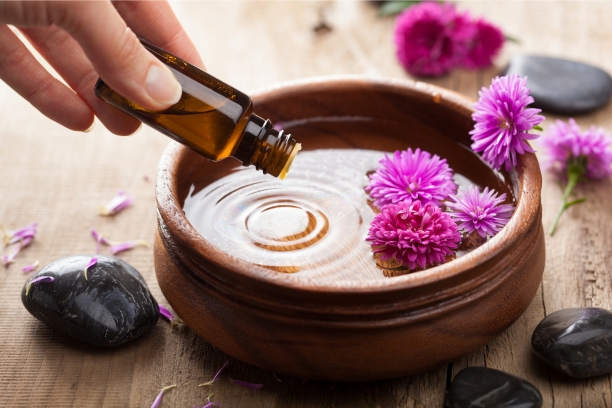
10. Consultation with a Naturopathic Doctor:
- Personalized Treatment Plans: A licensed naturopathic doctor can create a customized treatment plan that combines various naturopathic therapies to address varicose veins effectively.
- Collaboration with Conventional Care: Integrating naturopathic treatments with conventional medical approaches provides a comprehensive strategy for managing varicose veins.
Yogic Management for Varicose Veins: Enhancing Circulation and Vein Health
Yoga, with its gentle yet effective practices, offers a holistic approach to managing varicose veins. By incorporating specific yogasanas and mindful techniques, individuals can improve blood circulation, strengthen vein walls, and alleviate discomfort. In this section, we explore yogic management techniques that can provide relief and support for individuals dealing with varicose veins.
1. Tadasana (Mountain Pose):
- Benefits: Tadasana promotes proper posture and alignment, improving blood circulation and reducing strain on the veins.
- Practice: Stand tall with feet together, engage leg muscles, and elongate the spine while grounding through the feet.
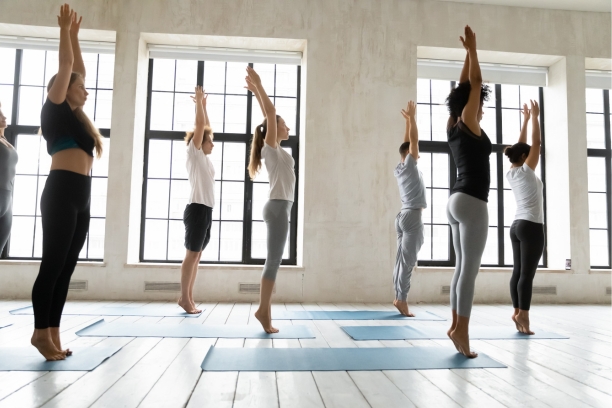
2. Viparita Karani (Legs-Up-The-Wall Pose):
- Benefits: Elevating the legs above the heart enhances blood circulation, reduces pressure on the veins, and alleviates discomfort.
- Practice: Lie on your back near a wall, extend your legs up the wall, and relax.
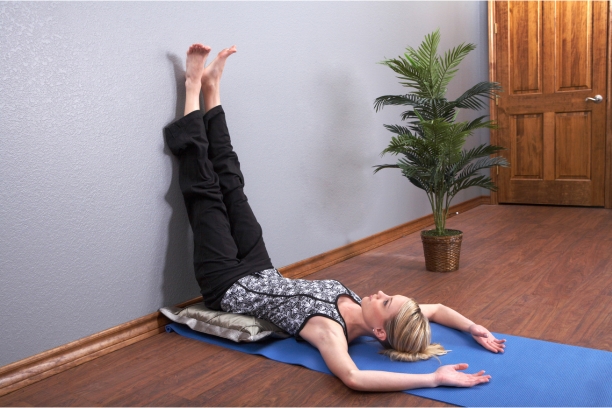
3. Malasana (Garland Pose):
- Benefits: Malasana engages the leg muscles and promotes healthy blood flow, particularly in the lower limbs.
- Practice: Squat down with feet apart, hands in prayer position, and gently press elbows against the inner knees.

4. Ardha Matsyendrasana (Half Lord of the Fishes Pose):
- Benefits: This seated twist massages the abdominal organs and stimulates blood circulation throughout the body.
- Practice: Sit with legs extended, bend the right knee, cross the left foot over the right thigh, and twist the torso.
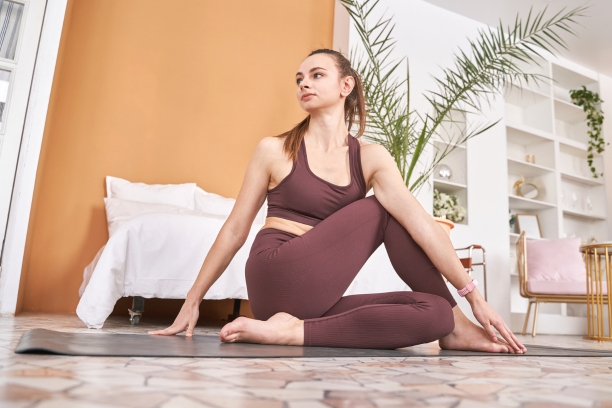
5. Uttanasana (Standing Forward Bend):
- Benefits: Uttanasana improves blood circulation to the legs, stretches the hamstrings, and relieves pressure on the veins.
- Practice: Stand with feet hip-width apart, fold forward from the hips, and let your upper body relax.
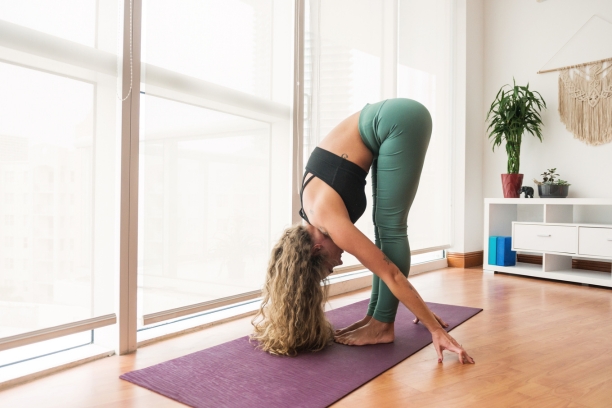
6. Bhujangasana (Cobra Pose):
- Benefits: Bhujangasana strengthens the back muscles and promotes circulation to the lower back and legs.
- Practice: Lie on your stomach, place your hands under your shoulders, and lift your chest while keeping your pelvis grounded.
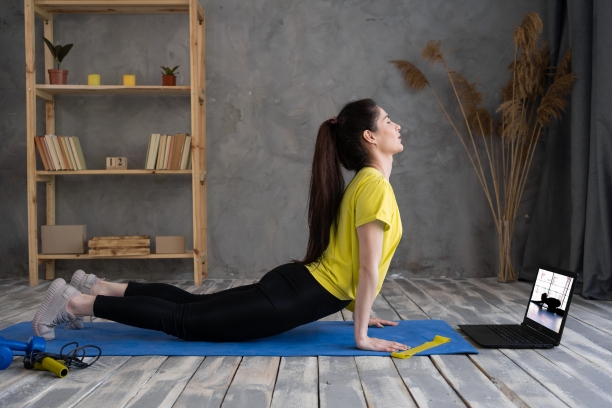
7. Anulom Vilom Pranayama (Alternate Nostril Breathing):
- Benefits: This breathing technique enhances blood oxygenation, improves circulation, and promotes overall cardiovascular health.
- Practice: Sit comfortably, use your thumb to close one nostril, inhale through the other, then switch sides.
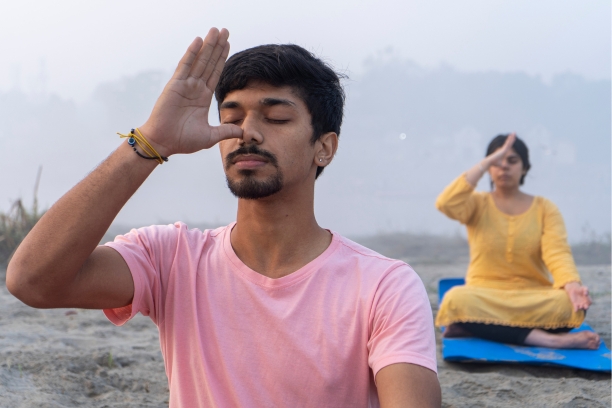
8. Shavasana (Corpse Pose) with Visualization:
- Benefits: Shavasana promotes relaxation, reduces stress, and supports healthy circulation when combined with visualization techniques.
- Practice: Lie down, close your eyes, and visualize blood flowing smoothly through your veins.

9. Consultation with a Yoga Instructor:
- Personalized Practice: A certified yoga instructor can guide you through a tailored yoga routine that addresses your specific needs and concerns.
- Safety First: Ensure that yoga poses are modified as needed to avoid strain or discomfort.
Understanding Varicose Veins
Unveiling the Causes: Varicose veins develop due to weakened vein walls and faulty valves that hinder blood flow, causing blood to pool and veins to become swollen and twisted.
Risk Factors and Prevention: Factors such as genetics, pregnancy, obesity, and prolonged standing or sitting contribute to the development of varicose veins. Prevention strategies play a crucial role in managing the condition.
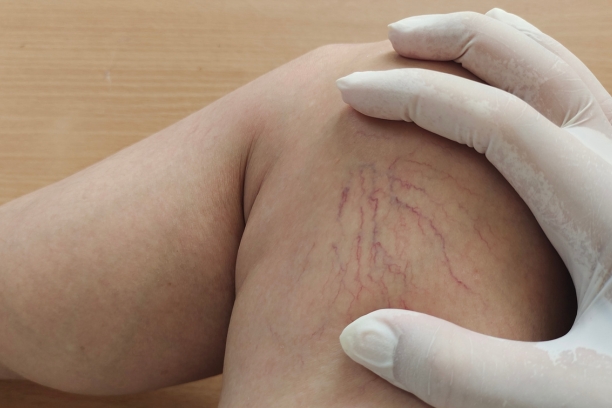
Conclusion:
Naturopathic treatments and therapies offer a comprehensive approach to managing varicose veins.Recognizing the interplay between causes and symptoms of varicose veins is pivotal for accurate diagnosis, early intervention, and effective management.Naturopathic treatments and therapies offer a holistic approach to managing varicose veins, promoting vascular health, and alleviating discomfort. By incorporating these yogic practices into your routine, you can enhance blood circulation, promote vein health, and experience relief from the discomfort associated with varicose veins.
